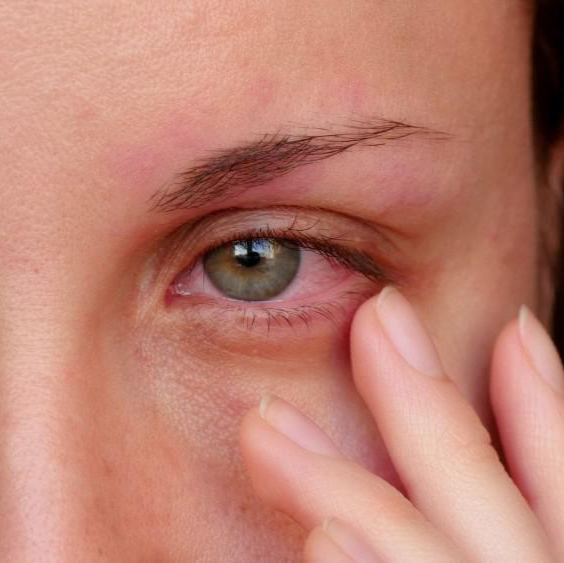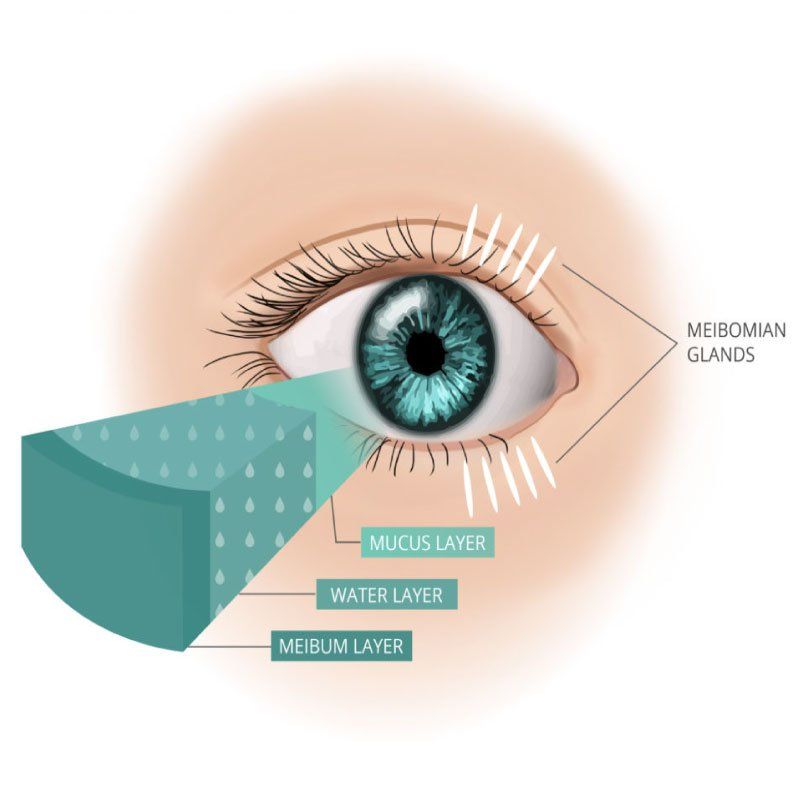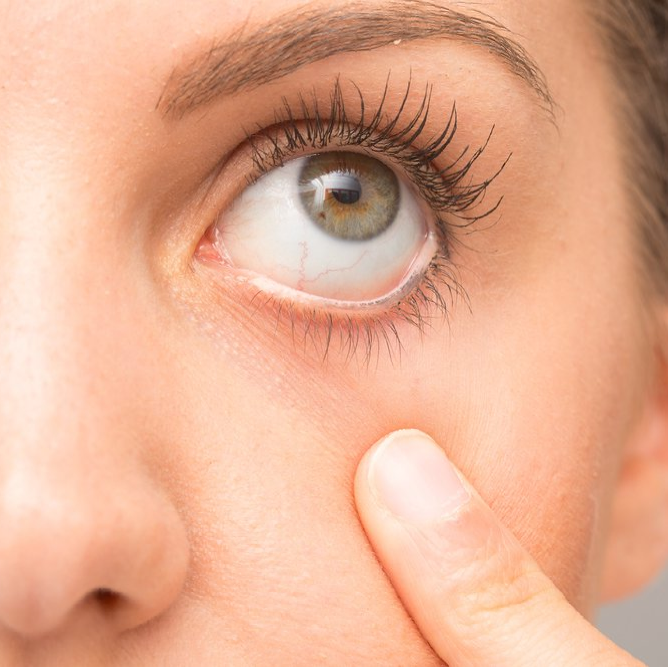Dry Eye Disease
Do you suffer from any of the following?
- Do you notice your eyes bothering you when you are outside, on an airplane, riding a bike, in a restaurant or driving at night?
- Do you notice your vision fluctuate, or getting better after blinking, for no reason?
- Does your career require a lot of computer screen time?
- Do your eyes feel tired or sore, especially when reading?
- Do you have discomfort to moving air (fans, heaters, air conditioners) or topical drops?
If you answered “yes” to any of these questions, you could have Dry Eye.
What is Dry Eye?
"Dry Eye" is a general term used to describe a lack of wetness on the eye. It can be a chronic medical condition caused by many different factors. When people have a dry eye, they do not make enough tears to moisten their eyes. Tears are needed to maintain the health of the front surface of the eye for clear vision.
Dry eye can make it harder to perform some activities, such as using a computer or reading for long periods of time, and it can lower people's tolerance for dry environments, such as the air inside an office or an airplane.
Although there is no cure for dry eye, eye lubricants and other preventative measures can offer patients control and relief.
Typical Dry Eye Symptoms
Dryness
BURNING
Stinging
Scratchiness
Irritation
Grittiness
Tired Eyes
Blurred Vision
Excessive Tearing
What Causes Dry Eye?
Dry eye results from a change in the tear film - either not enough tears are produced, of the tears are of poor quality.
Dry eye can occur at any age; however elderly people tend to experience dry eye more frequently than younger people. It impacts approximately 40 to 60 million people in the United States.
The following factors can cause or worsen dry eye:
- Aging
- Hormonal changes like menopause
- Various medical conditions such as diabetes, rheumatoid arthritis, or thyroid problems
- Some medications such as antihistamines, decongestants, and antidepressants
- Certain eye surgeries such as cataract or refractive surgery
- environmental conditions such as wind or sry climates
- Excessive exposure to smoke
3 Parts of the Tear Film
A healthy tear film contains a mixture of three layers that interact to provide a gel-like coating on the eye. When working correctly, each layer protects and nourishes the front surface of the eye. However, disturbances in any of these areas can result in signs and symptoms of dry eye disease.
Mucus Layer (Mucin Layer) is found at the corneal surface, produced by the goblet cells, and is distributed throughout the aqueous component. This layer helps spread tears and stabilize the tear film.
Water Layer (Aqueous Layer) makes up the bulk of the tear film. It dissolves most tear components physically washing away debris and toxins. Deficiency of this layer results in aqueous deficiency eye disease.
Meibum Layer (Lipid Oil Layer) is the anterior layer of the tear film. It is a thin layer of oil produced by the meibomian glands that keep the tear film viscous and helps prevent the evaporation of tears. Disruption of this layer increases the evaporation of tears and leads to evaporative eye disease, also known as lipid layer deficiency or meibomian gland dysfunction (MGD).
Over 30 Million People in the US suffer from Dry Eye
86% of dry eye patients have signs of MGD
What is MGD?
Every time you blink, a protective layer of moisture called the tear film coats the front surface of your eye. An essential part of the tear film is an oily layer called meibum. MGD occurs when the meibomian glands that produce meibum get blocked or the secreted meibum is of poor quality and the aqueous part of the tears can evaporate, as there is no oily layer to help prevent evaporation.
In the early stages of MGD, you may not have any symptoms. However, as MGD progresses and you have less oil or poor-quality oil, you may experience burning, itchiness, irritation, dryness, grittiness or blurry vision
Some symptoms can get worse when you are on the computer for a long time or if your home or office is dry from air conditioning or heating.
Due to the chronic and progressive nature of MGD, you may not notice any signs or symptoms. Like other chronic and progressive diseases, like diabetes or glaucoma, it is best to manage MGD as soon as it is diagnosed.
Why is it important for meibomian glands to function well?
In the same way oil-topped water will help prevent water from evaporating, meibum helps protect the watery aqueous layer of your eye from evaporating and causing dry eye. If your Meibomian Glands are not functioning properly, you may develop or experience signs and symptoms of MGD.
Symptoms that may develop include burning, itchiness, irritation, dryness, grittiness (like you have a grain of sand in your eye), and blurry vision.
Are you suffering from dry eye?
Schedule a dry eye evaluation today!
© Urban Optiks Optometry, Inc. 2009-2024
All Rights Reserved
Location
The Cairo Building
3788 Park Blvd, Suite 5
San Diego, CA 92103
Phone: 619.683.2020
Text: 619.683.2020
Fax: 619.683.2111
Email: info@uoosd.com
Hours
Monday: 9 am – 7 pm
Tuesday: 9 am – 6 pm
Wednesday: 9 am – 6 pm
Thursday: 9 am – 7 pm
Friday: 9 am – 6 pm
Saturday: 9 am – 5 pm
Sunday: Closed













